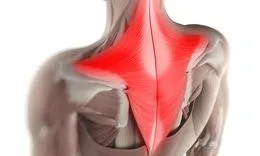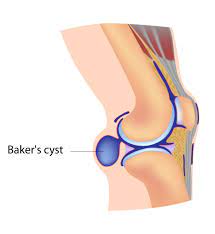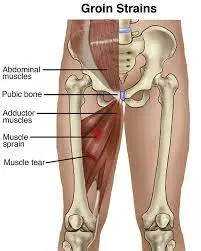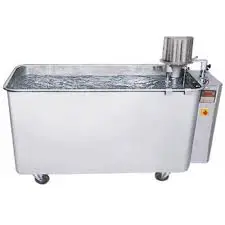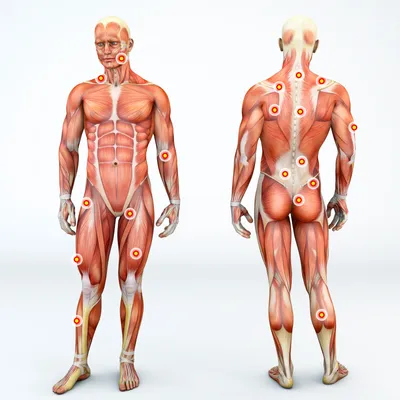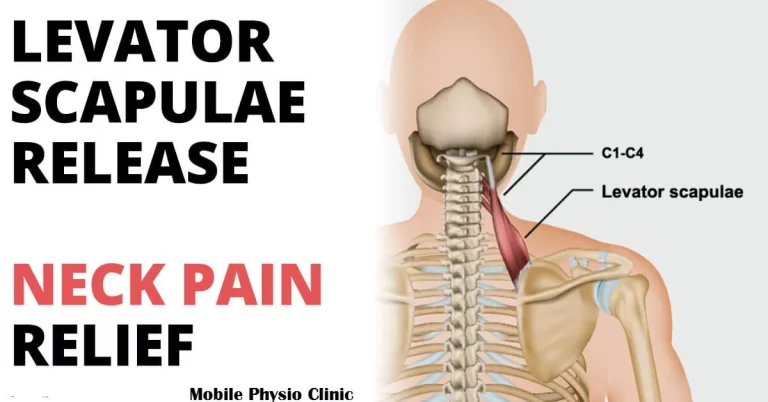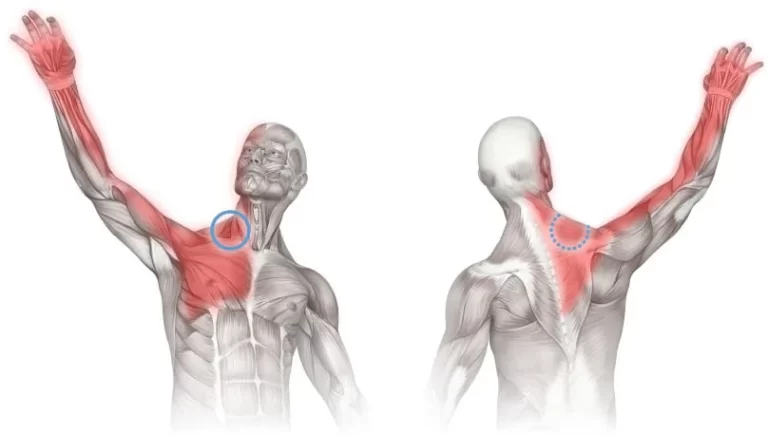Proprioception Neuromuscular Facilitation(PNF)
What is Proprioceptive Neuromuscular Facilitation? Proprioception:-having to do with any of the sensory receptors that give data concerning movement and position of the body.Neuromuscular:-including the nerves and muscles.Facilitation:-making more straightforward.Proprioception Neuromuscular Facilitation is the activity in view of the standard of practical human life anatomy and neurophysiology.it uses:proprioceptive cutaneous auditory input to deliver practical improvement…

